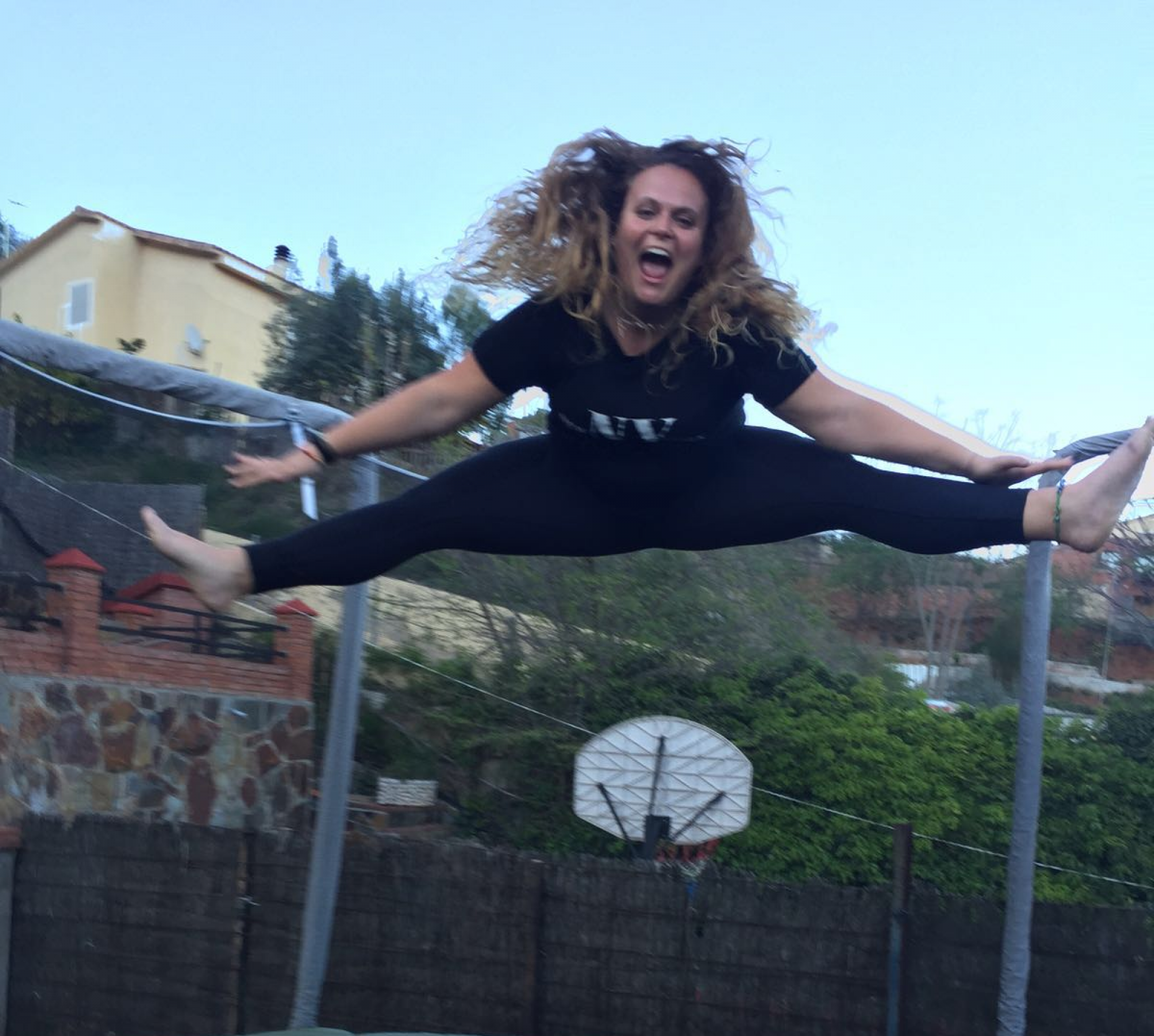Ladies and gentlemen, here it is, finally! As many of you may know, I had the amazing opportunity of working in Barcelona as a teachers assistant. The school that I worked at taught kids from 3 years old up until 18. In my first year there, I began thinking that they did things differently then we do here in Canada. It really hit me when it came to learning foreign languages. They had these little 3 year olds learning Chinese! why? Well because they had figured out that kids who begin learning foreign languages from an earlier age, demonstrate certain cognitive advantages, such as, increased problem solving skills and creativity. Their goal wasn’t for these kids to become fluent in Chinese, they just wanted their brains to create these pathways and become open to learning foreign languages. As they grew older, they began studying English and once they hit grade 6, they had the option of studying German as well. Let’s also not forget that Barcelona is part of the Catalan region, and so kids born there are practically bilingual from birth, instantly learning Spanish and Catalan. That’s a lot of languages! I’m sure scientists would love to take a look inside their brains! Around this point I started thinking back to my own education, I remembered being introduced to French in grade 6, why hadn’t we started earlier??? In highschool we only had two options, French or Chinese, and in one of the years they almost cancelled French because apparently you need more than twelve students for it to be an actual class! For the sake of an argument, let’s make an excuse and say that i went to a not so great highschool, ok that’s fine, but I would like to present you all with another example, Physical Education, PE, or as its now known Physical and Health Education. If you take a look online at BC’s New Curriculum, you will find that they explain things beautifully, they cover every single base when it comes to being physically literate. They aren’t just focusing on the “physical” part, they also teach healthy habits, like having a healthy diet and good hygiene habits, so, for some of my tutorials, I set up times to go into a couple of elementary schools and observe their PE classes. I was surprised to find that from kindergarten to grade 5, PE class is only 30 min long…..let me put that into perspective for you, it took us five minutes to get the kids ready and heading over to the gym, two minutes for warm-up, which was just running around the gym, three minutes for the explanation plus set up of the game we would be playing, fifteen minutes of actual game time, three minutes for clean-up, and two minutes for getting ready to head back to class. They did this twice a week. Once they got past grade five, their PE time increased by another fifteen minutes. As I was doing my observations, it became quite clear to me which teachers had actually studied physical education and which teachers hadn’t. So in a way, when it comes to PE in elementary schools, you could say that it’s the luck of the draw, you could get a really good PE teacher or you could just become really good at dodgeball……Now keeping all that in mind, I would like to take you back to that school in Spain, PE classes were two hours long. The first half hour was for getting kids from class to the changerooms, changing into PE clothes, and heading over to the gym. They then had a full hour to do attendance, explanation and set up of skill, performing the skill, clean-up, and heading back to the changerooms. The last half hour was for showering and changing into clean clothes, and this part was mandatory! Here’s the kicker, this routine started as soon as age five, because how else are you going to learn healthy habits if not from a early age. Also all PE classes were held in english, because what better way to learn a foreign language, than when you are moving around and having fun. I’m pretty sure that by this point you’re thinking, “ok, but there’s no way this is a public school” and you’re right. The school that I worked at in Spain is a semi-private school, meaning that it receives funding from the government but also from the parents. Now that we’ve cleared that up, I would like to ask you two very important questions, Why should it matter what type of school it is? Why is it that our education has become a commodity?
The point of my project is not to compare our education system to others, the point is to help people realize that every school system would benefit from focusing more on multi-level cognition, that includes sensorial, artistin, and creative learning, rather then scoring good grades on academic courses and standardized tests. I truly believe that by placing the same importance on arts, languages, and sports, as we do with math and other academic courses, we will facilitate, rather than hinder, the development of creativity, and it will lead students to a harmonious, physical, intellectual, and moral development.
